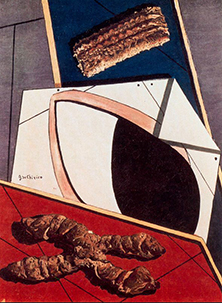 4
4In terms of pictorial expression the themes were communicated via depictions of: Italian piazzas, mannikins, Greek Gods and Goddesses, votive food, self-portraits, archaic and Risorgimento statues, horses, centaurs, gladiators (in domestic interiors), Roman charioteers and Knight Errants (Figs.1-10).
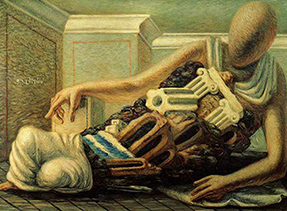 6
6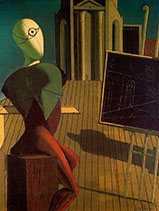 2
2 7
7 5
5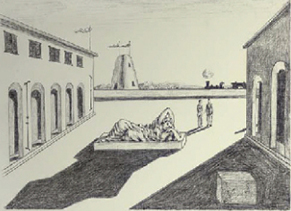 1
1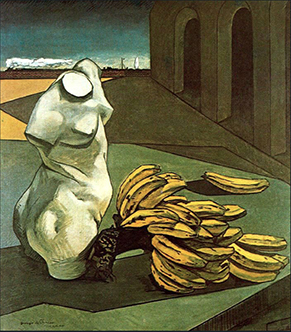 3
3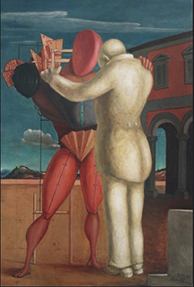 9
9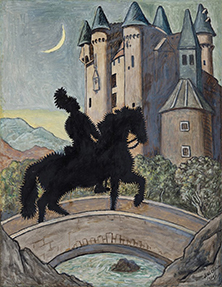 10
10 8
8